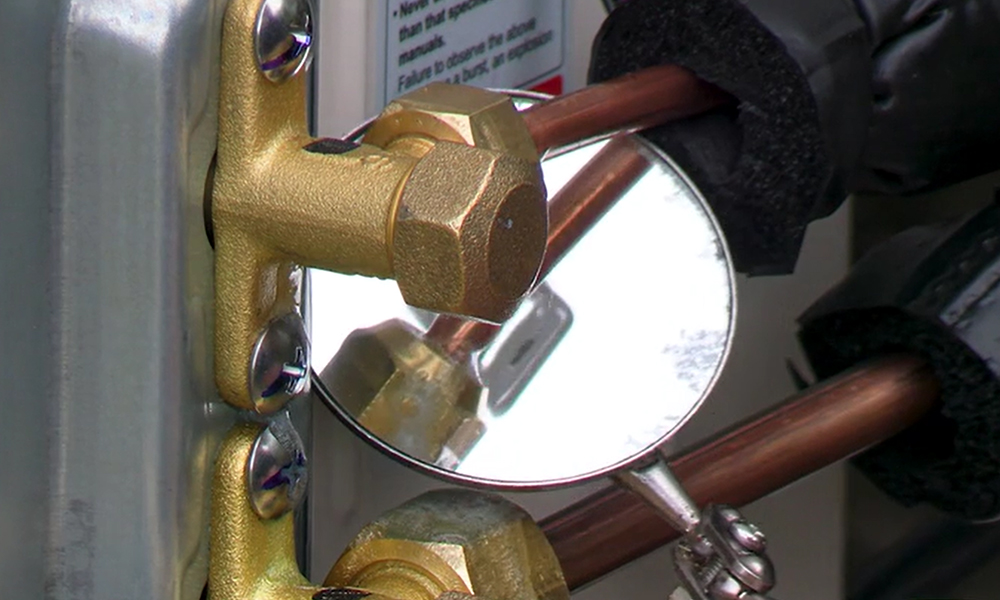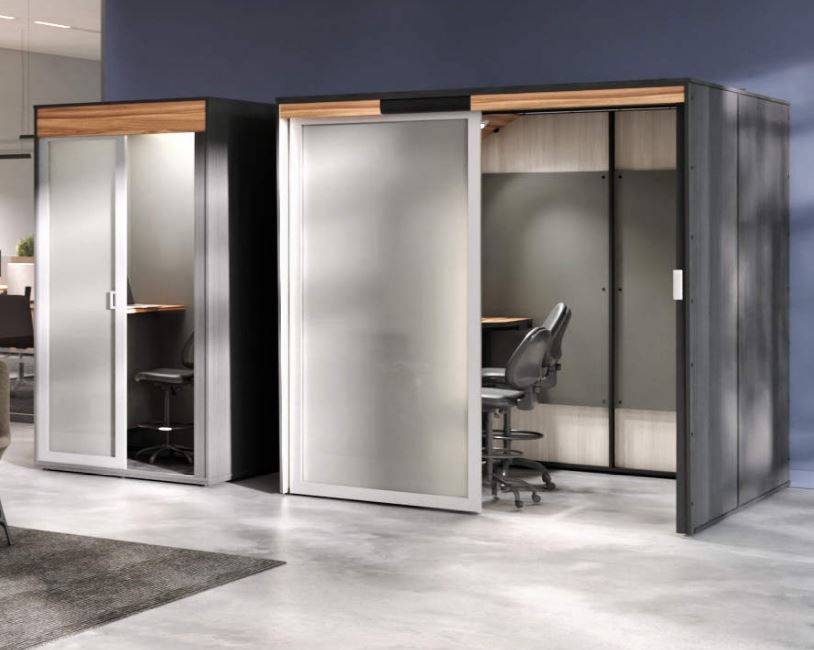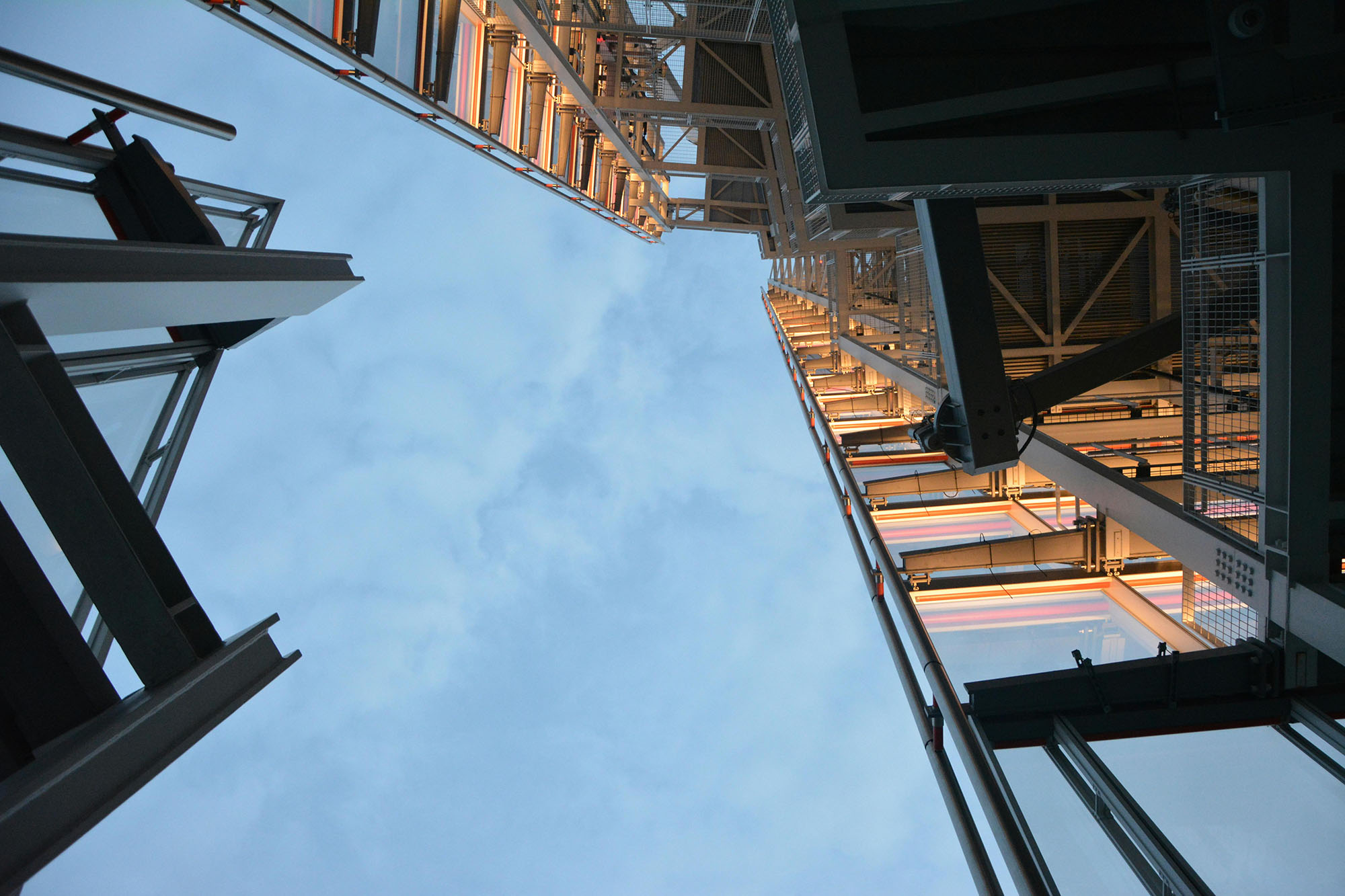

Massachusetts Stretch and Specialized Code Compliance: A Quick Guide for New Construction Projects
Massachusetts has stretched its energy code since 2009, making it the first state to implement a stricter, above-code option. This occurred as part of the Green Communities Act, where municipalities are provided financial and technical support if they meet specific…
Read











